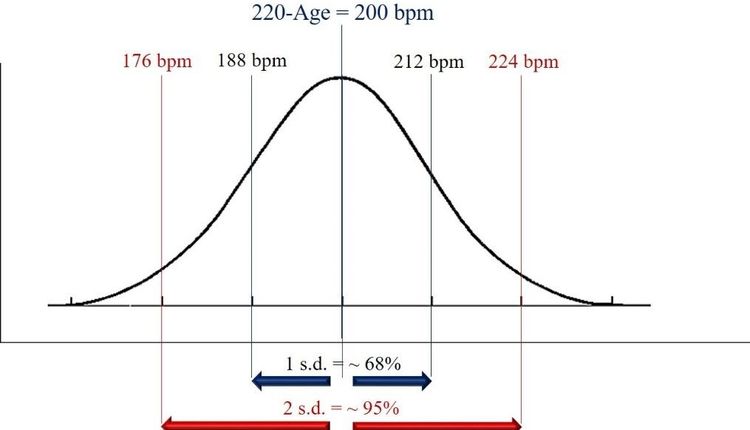Over the past 50 years, there has been a dramatic increase in the prevalence of interrelated metabolic disease states, including obesity, insulin resistance and type 2 diabetes mellitus. In modern Western nations, the population-based prevalence of insulin resistance is approaching 20%, and type 2 diabetes is now the most common endocrine disorder in adults.
For those engaged in a struggle against this modern-day epidemic, Physical Activity and Type 2 Diabetes provides cutting-edge research to energize current efforts in diabetes prevention, management and treatment. The text is a series of independent but related chapters authored by the foremost researchers of insulin resistance examining topics, such as these:
· Physical inactivity as a primary cause for the rising incidence of insulin resistance
· The emergence of an "exercise-deficient" phenotype
· The effects of exercise training on selected aspects of substrate metabolism
· The role of endurance and resistance training programs for the prevention and treatment of insulin resistance
· The identification of new molecular targets and pathways useful for the treatment of insulin resistance and type 2 diabetes
Based on extensive research, Physical Activity and Type 2 Diabetes presents a wealth of information to assist the biomedical and research community in creating prescriptive therapeutic tools for type 2 diabetes intervention and offers hope for the alleviation of the global epidemic of insulin resistance.
For more information on Physical Activity and Type 2 Diabetes,visit www.HumanKinetics.com or call 800.747.4457.







